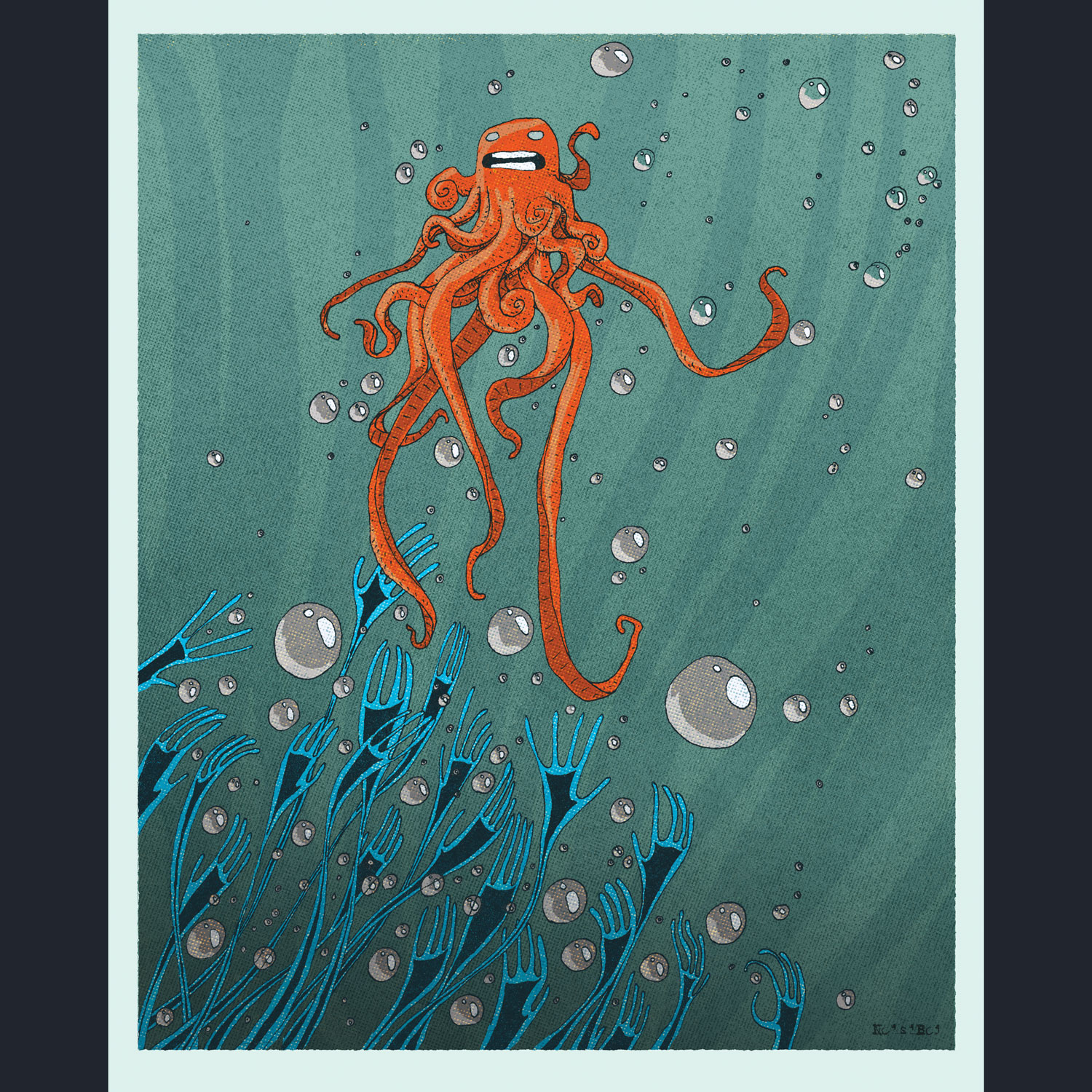Description
The kraken (/ˈkrɑːkən/)[7] is a legendary sea monster of enormous size said to appear off the coasts of Norway.
Kraken, the subject of sailors’ superstitions and mythos, was first described in the modern age at the turn of the 18th century, in a travelogue by Francesco Negri in 1700. This description was followed in 1734 by an account from Dano-Norwegian missionary and explorer Hans Egede, who described the kraken in detail and equated it with the hafgufa of medieval lore.
However, the first description of the creature is usually credited to the Norwegian bishop, Pontoppidan (1753). Pontoppidan was the first to describe the kraken as an octopus (polypus) of tremendous size,[b] and wrote that it had a reputation for pulling down ships. The French malacologist, Denys-Montfort, of the 19th century is also known for his pioneering inquiries into the existence of gigantic octopuses.
The great man-killing octopus entered French fiction when novelist Victor Hugo (1866) introduced the pieuvre octopus of Guernsey lore, which he identified with the kraken of legend. This led to Jules Verne‘s depiction of the kraken, although Verne did not distinguish between squid and octopus.
The legend of the Kraken may have originated from sightings of giant squid, which may grow to 13–15 meters (40–50 feet) in length.
Linnaeus may have indirectly written about the kraken. Linnaeus wrote about the Microcosmus genus (an animal with various other organisms or growths attached to it, comprising a colony). Subsequent authors have referred to Linnaeus’s writing, and the writings of Bartholin‘s cetus called hafgufa, and Paullini‘s monstrous marinum as “krakens”.[c]
That said, the claim that Linnaeus used the word “kraken” in the margin of a later edition of Systema Naturae has not been confirmed.




